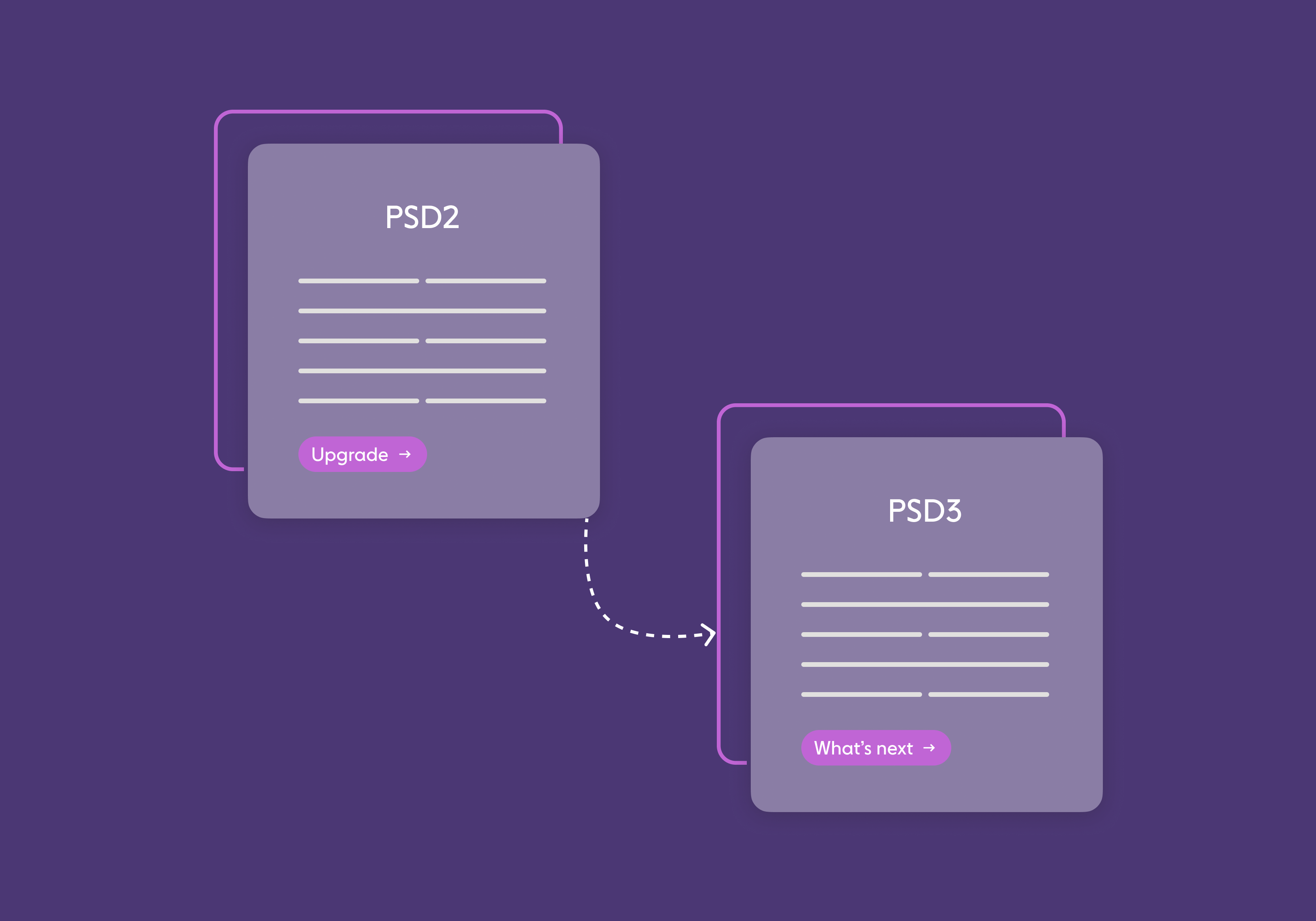Open banking helped signify a more democratic financial industry with competitive pricing, welcoming new fintechs, and offering customers more control of their data. But find out where it's headed as we introduce VRPs and move from PSD2 to PSD3.

Open banking represented a significant shift in the financial landscape, often plagued with a lack of competition, unclear communication, and outdated processes. With innovative players and regulatory bodies, we’ve seen a rise in democratic services, consumer experience, and consensual access to financial data through highly secure protocols. Open banking’s journey first arose with the Revised Payment Services Directive, or PSD2, in the EU and was further propelled by UK initiatives like the CMA (Competition and Markets Authority) and OBIE (Open Banking Implementation Entity).
We’re going to dive deeper into the origins of open banking, what problems it aims to solve, the opportunities it creates, and what the future holds for PSD3 and the rise of Variable Recurring Payments (VRP).
A brief history of PSD2
Let’s venture back to 2018 where PSD2 mandated that banks open up their data and infrastructure to third-party providers (TPPs), such as Yapily, via secure APIs that in turn operate over existing banking infrastructure using Strong Customer Authentication (SCA). First introduced by the European Union, the foundations were set to enhance consumer protection, foster innovation, and create a more competitive environment.
In parallel to the EU’s actions, the UK was laying their own groundwork. The CMA mandated that the country’s nine largest banks were to enable secure payment initiation and data sharing with the TPPs. Simultaneously, the CMA established the OBIE, a taskforce to develop the standards and frameworks necessary for safe and effective implementation of open banking. This initiative also fuelled efforts for customers to have greater control over their financial information as well as democratise their data and payment options.
There were several long-standing issues which open banking was brought in to solve including:
Breaking down data silos for more holistic view of financial health
More tailored financial products based on personal finances
Break down the dominant traditional banks to create a more level playing field for fintechs and challenger banks
Welcoming a competitive pricing structure
By helping fix these issues, in turn it introduces a plethora of opportunities for banks, fintechs, and consumers. Traditional banks have the advantage of forging strategic partnerships to boost their tech stack and digital offering, helping them stay competitive and attractive to customers. Fintechs can now enter the space to offer value in other aspects of financial services such as budgeting tools, financial advice, lending services, and currency conversions. Finally, the customers are now given greater financial transparency and access to financial services. This is imperative when looking into lending and credit as they can offer a complete financial profile to get the most personalised and accurate solution for their needs and status.
What does the future hold for PSD2 and open banking?
One of the most significant developments that has happened recently is Variable Recurring Payments, split into sweeping and non-sweeping (or commercial). Consumers are given the option to authorise TPPs to initiate payments within agreed parameters, such as time, cost, and frequency. This opens the doors to streamlined payments for utility bills, subscriptions, e-commerce checkout, and automated financial management solutions.
The UK has seen significant interest in commercial VRP as businesses see the potential it has, with the OBIE setting the stage for adoption and the EU exploring similar advancements, but naming it Dynamic Recurring Payments. Yapily emerged as the forefront of innovation as we launched the world’s first live Commercial VRP with Hungry Panda!
The open banking community eagerly anticipates PSD3 as this aims to address any challenges and limitations encountered with PSD2. A focus of PSD3 will be to introduce more robust security measures, enhanced consumer rights, and a broader scope for collaboration and data sharing. PSD3 holds the promise of greater innovation and improved benefits to the consumer with expected implementation being 2025. Read our PSD3 guide for more information.
Final thoughts
As we look towards the future, developments like commercial VRP and the forthcoming PSD3 continue to highlight open banking’s ever-evolving nature. It clearly depicts its mission to solve critical industry challenges and embrace more inclusive financial services. Speak to our open banking experts to find out how to integrate open banking solutions into your business.